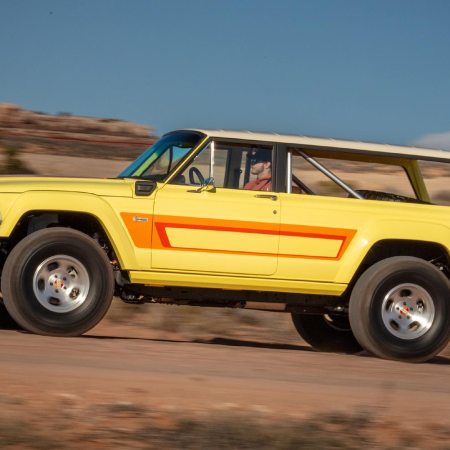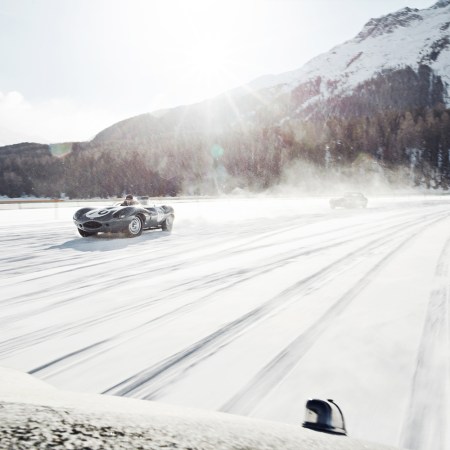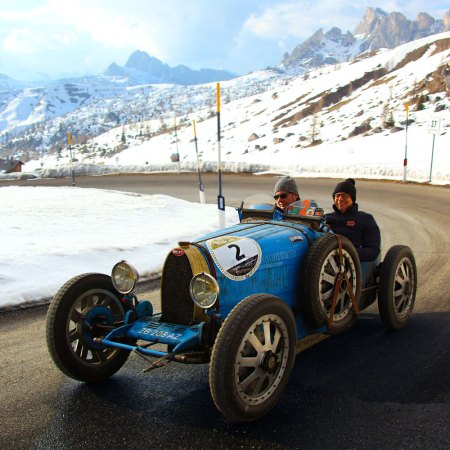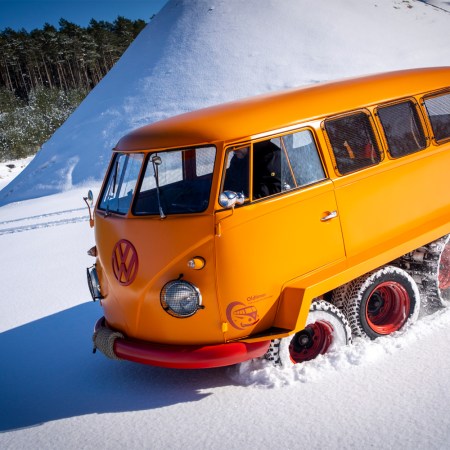The Volkswagen Karmann Ghia isn’t just a head-turner — it’s a historical artifact.
It represents the German marque’s first attempt at building a “dream car,” and — as evidenced by this special Green Hornet edition, which was painstakingly restored by French autophile Adrien Faure — it remains a fairly good example of that to this day.
Little history lesson: the late ’40s and early ’50s, when Europe was still mending from the damage and disrepair of WWII, represented a particularly bland era for the automotive landscape. But in the wake of recovery, economies started to rebound and the demand for beautiful, more elegant design resurfaced. In response to that desire, VW felt the need to introduce an “image” car to offset their fleet of ever-functional and reliable Beetles and Buses.
They weren’t alone: Chrysler, also aiming to create a flagship make, had begun working on a similar project with Turinese coachbuilder Ghia. Some of these Italian-designed Chryslers would go into production, although one particular model did not. Meanwhile, VW had contracted Germany’s Karmann, and, taking Chrysler’s lead, shortly thereafter also recruited Ghia. The rejected Chrysler design resurfaced and, thusly, the VW Karmann Ghia was born with a modified VW floorplan.
At least one of those nostalgia-mobiles survives to this day: Faure’s Green Hornet, which he saved from certain death in Landivisiau, France back in 2010.
“It was my dream car, but I discovered that it was very rusty,” Faure said in an interview with Speedhunters. It’s a common issue with the Karmann Ghia, owing in part to their unibody construction, as well as the fact that they were hand-built.
Faure stripped everything back and rebuilt the car from scratch: the final product is a ‘66 body over a ‘71 left-hand drive floorplan and running gear. For “fun,” Faure also dropped the height, narrowed the front beam, cut four inches out of the hood height and installed an air-ride system adapted from a Honda Civic.
And it’s difficult to overlook the engine, exposed and framed in the rear. Atop a radical homemade tubular manifold, the 1600 cc engine is integrated with a Renault R5 Alpine Turbo carburetor and a VW Passat turbocharger for added oomph and rumble.
Karmann Ghias saw a healthy production run, making restoration a fairly accessible project. There are plenty of market parts out there, and with a little patience, innovation and elbow grease, the hearty little beauties can be restored to their original — if not better than original — look.
Exhibit A: this bona fide smile-inducer right here.
via Speedhunters
This article was featured in the InsideHook newsletter. Sign up now.





















